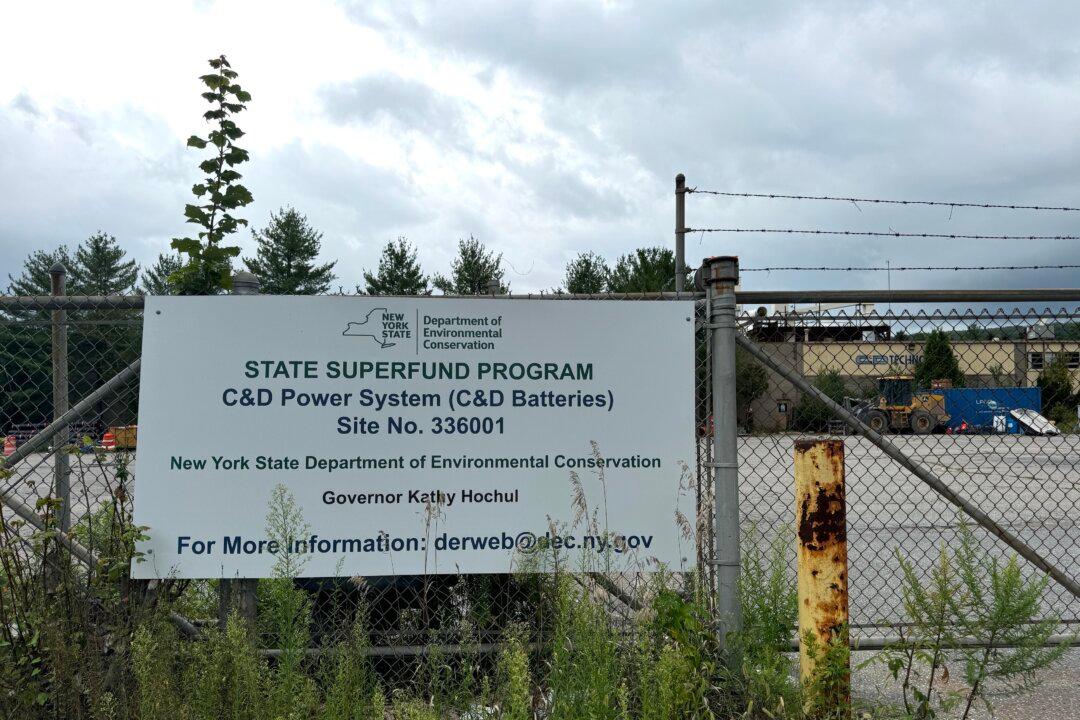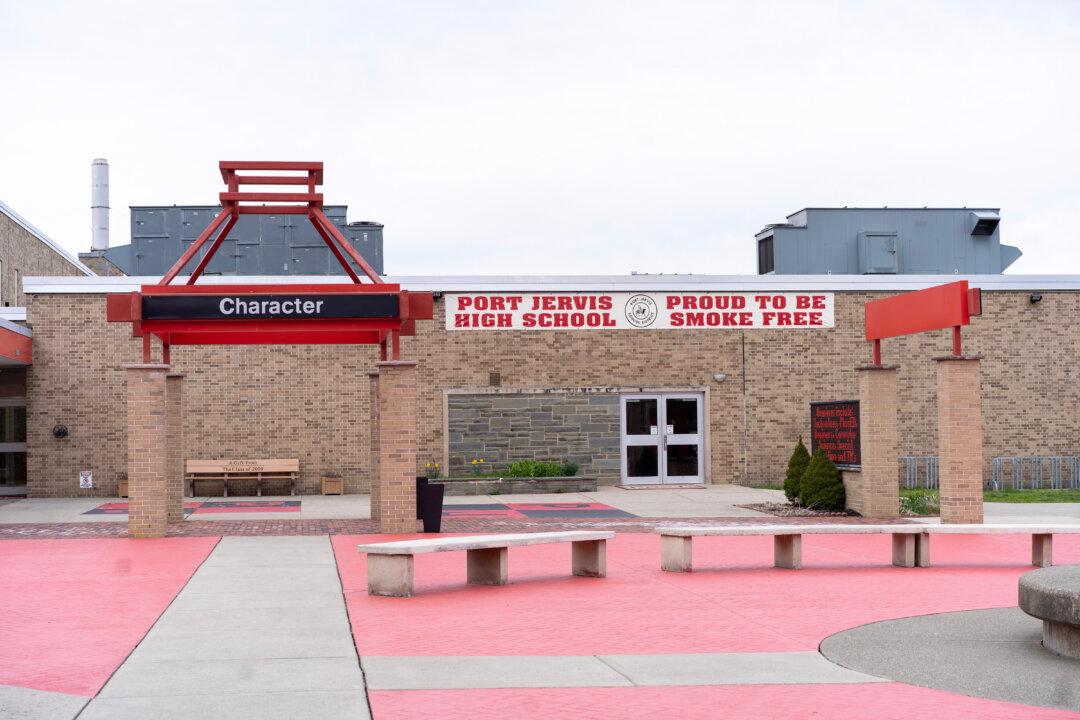New York state’s Department of Environmental Conservation is on track to finish the cleanup of a major inactive contaminated site along Route 209 in the town of Deerpark in early 2025, the agency’s spokesperson confirmed in an email to The Epoch Times.
The scheduled completion aims to put an end to a decades-long saga of remedying a former manufacturing site that poses a significant threat to human health and the environment.





